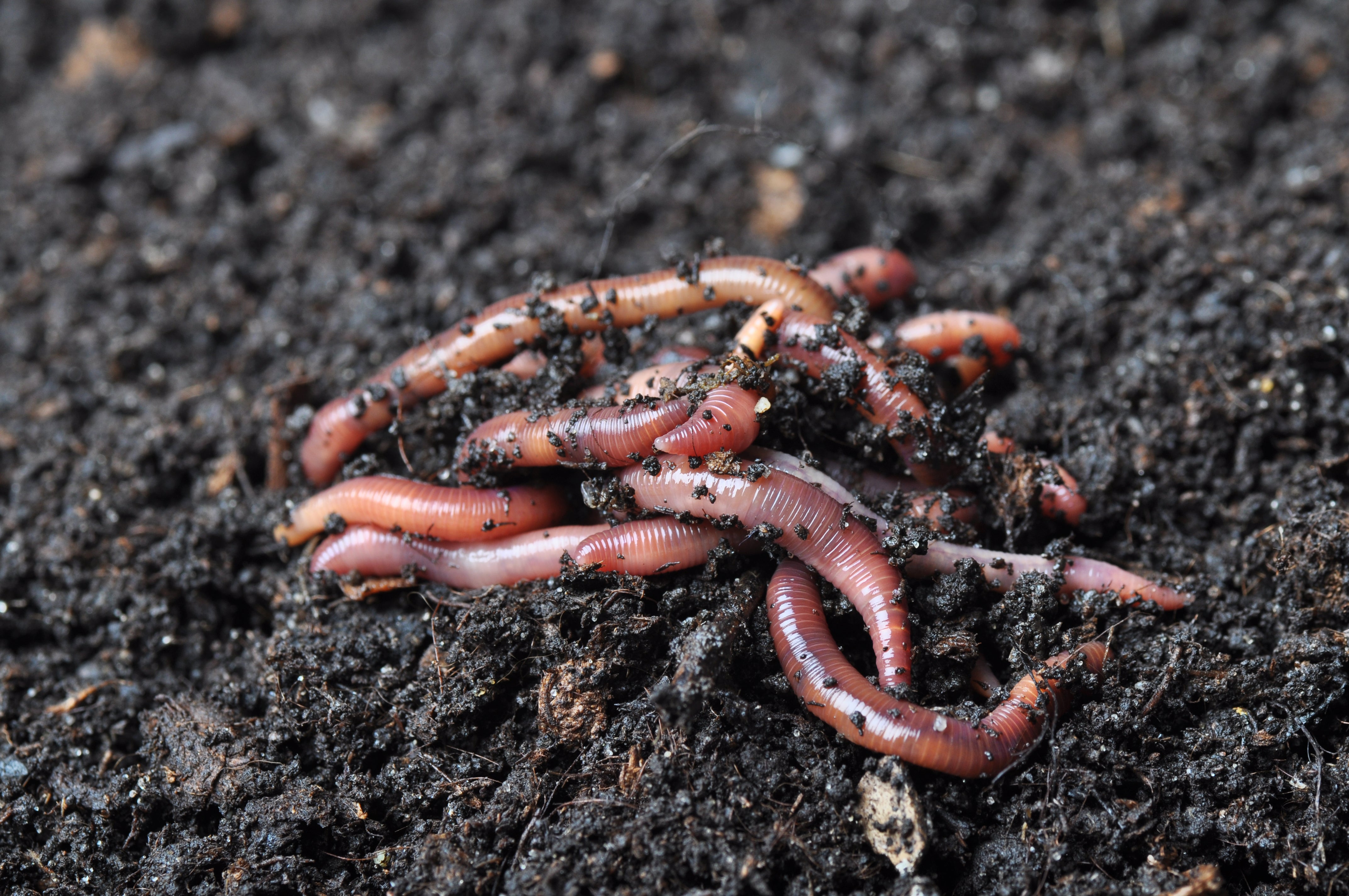Red Wigglers: The Unsung Heroes of Organic Waste Recycling
Red wigglers, or Eisenia fetida, offer as critical agents in the natural waste reusing process, transforming thrown out products into valuable vermicompost. As the globe progressively seeks solutions to battle waste buildup and enhance farming efficiency, comprehending the role of these worms comes to be necessary.
What Are Red Wigglers?
The amazing resilience of red wigglers, medically called Eisenia fetida, underscores their critical function in organic waste recycling. These tiny, reddish-brown earthworms are usually found in decomposing natural matter, such as garden compost piles and manure loads. Lake Hickory Bait. Unlike other earthworm varieties, red wigglers flourish in nutrient-rich settings and are highly reliable at breaking down organic materials, making them crucial for vermicomposting

(Red Wiggler Express)In addition to their function in waste decrease, red wigglers add to soil health by enhancing dirt framework and aeration through their tunneling tasks (Lake Hickory Bait). Their visibility in composting systems not only improves disintegration prices but likewise promotes a lasting strategy to waste administration, showing their relevance in ecological conservation efforts
Benefits of Composting With Worms
Composting with worms, especially red wigglers, uses many benefits that boost both waste monitoring and dirt wellness. These worms successfully damage down natural waste, transforming it right into nutrient-rich vermicompost that enhances soil. This process accelerates decomposition, allowing for a faster recycling of kitchen scraps and other natural products contrasted to standard composting techniques.
Furthermore, the vermicompost produced by red wigglers is including advantageous microorganisms, which help boost dirt structure, oygenation, and dampness retention. This improves the general health of plants, promoting strenuous development and enhanced yields in gardens and agricultural settings. Moreover, the usage of worms in composting reduces the manufacturing of greenhouse gases, such as methane, adding to a much more sustainable waste monitoring system.

Exactly How to Begin Vermicomposting
Developing a vermicomposting system is an uncomplicated process that can yield considerable advantages for both waste monitoring and dirt enrichment. To start, select a suitable container, such as a plastic bin or wooden box, with appropriate air flow openings to make certain proper airflow. The dimensions ought to ideally be around 2 feet by 3 feet, enabling sufficient go to the website area for the worms to thrive.
Next, prepare bed linens material, which can contain shredded newspaper, cardboard, or coconut coir. This bed linen must be dampened to produce an appropriate environment for the worms. As soon as the bed linens remains in location, introduce red wigglers (Eisenia fetida) into the bin, normally around one extra pound of worms for each square foot of surface location.
Complying with the placement of worms, add organic waste, such as vegetables and fruit scraps, coffee premises, and smashed eggshells. Prevent adding dairy, meat, or oils, as these can create smells and bring in bugs. Lastly, position the container in a shaded, temperature-controlled location to preserve optimal conditions for worm task. With these steps, you will properly launch a vermicomposting system that contributes to sustainable waste management and improves your dirt.
Keeping a Healthy Worm Container
(Lake Hickory Bait)Keeping a worm container flourishing calls for routine focus and treatment to ensure the wellness of the red wigglers and the effectiveness of the composting procedure. Appropriate upkeep begins with checking the wetness levels; the container needs to be wet yet not soaked. An excellent guideline is to preserve a consistency comparable to a wrung-out sponge.
Oygenation is important also. Delicately mixing the bed linen and food scraps every couple of weeks protects against compaction and makes certain that all worms have accessibility to oxygen. Furthermore, it is very important to feed the worms suitably. A balanced diet regimen of vegetables and fruit scraps, coffee grounds, and crushed eggshells ought to be used in small amounts to stay clear of overfeeding, which can result in odors and insects.
Temperature guideline is another crucial element. Red wigglers flourish in an array of 55 to 77 degrees Fahrenheit. If the container comes to be as well hot or cool, the worms might end up being stressed out - Lake Hickory Bait. Regularly inspect for indicators of wellness, such as worm populace development and the visibility of healthy and balanced spreadings. By carefully handling these aspects, one can preserve a robust and productive worm bin.
Impact on Sustainable Living
The effective upkeep of a worm bin not only profits the health and wellness of red wigglers however also contributes significantly to lasting living techniques. By recycling organic waste, such as cooking area scraps and backyard debris, red wigglers help draw away considerable amounts of product from garbage dumps. This reduction in waste not just reduces greenhouse gas emissions yet likewise reduces the ecological problem connected with waste management.
In addition, the castings produced by red wigglers offer as a nutrient-rich organic plant food, improving dirt health and wellness and promoting plant development. This natural choice to chemical fertilizers sustains sustainable farming and gardening techniques, minimizing reliance on synthetic inputs that can damage ecological communities. Furthermore, worm composting cultivates understanding of waste monitoring, motivating people and areas to embrace even more lasting habits.

Final Thought
In summary, red wigglers serve as vital factors to natural waste recycling through their efficient disintegration of natural materials. By integrating vermicomposting right into waste monitoring methods, individuals and communities can significantly lower waste while advertising environmental sustainability.